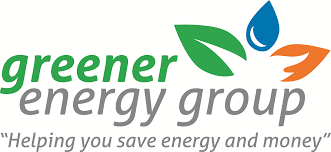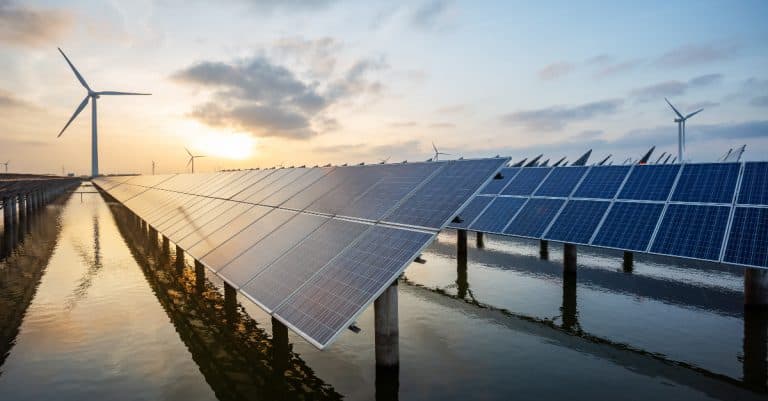
Renewable Energy and How We Can Utilise It
For the past 150 years, we have heavily relied on coal, oil and other damaging fossil fuels to power our buildings, transport, factories etc. The use of these fuel sources has resulted in the carbon levels in our environment to reach exceptionally high levels and led to a global crisis. But times are changing, and we are realising the other amazing options that are much greener and play a key role in protecting our planet from the dangers of climate change.
Renewable energy has an impressive number of benefits that go way past just being “green”, which is why the industry is growing constantly. Renewables create jobs, improves the national energy grids, increases energy access in developing countries and lowers energy bills.
Types of Renewable Energy Sources
Solar: Utilising the light and heat that come from the sun
Wind: Using wind power to generate mechanical power or energy
Biomass: Producing energy from chemical energy contained in organic matter
Thermal: Creating power from converting heat into electricity
Hydropower: Generating power from the use of flowing water

How to Make Use of Renewable Energy in your Home
1. Install solar panels to save up to 70% on electricity bills and reduce reliance on the unpredictable national grid. This is the most common and obvious method for homeowners looking to save energy and cut carbon emissions as you can supply your own free, clean energy.
2. Choose an energy provider using power purchase agreements, meaning they buy their electricity directly from wind farm and solar generators. Some companies can mislead customers by buying from wholesale markets that depend on REGO certificates which cannot guarantee the percentage of energy coming from fossil fuels vs renewable sources.
3. Upgrade your heating with a renewable source by installing an air source heat pump either as a full replacement or integrated into your current system. Traditionally, a home heating system will create heat by either burning fuels or converting electricity. Heat pumps however are different, as they can transfer existing heat energy from the ambient air, into your home to heat radiators and hot water – even in temperatures as low as -20 degrees Celsius. This impressive technology is what makes heat pumps so efficient to run, as they can deliver more heat energy than the electrical energy they use. The easiest way to understand how an air source heat pump works is to imagine it working like a fridge, only in reverse! With the Government on a mission to reach net-zero carbon goals, in Scotland you can receive up to £8000 cashback to install a heat pump regardless of household income.
Information Source: Read More
Energy Monitors , Electric Power , Natural Gas , Oil , Climate , Renewable , Wind , Transition , LPG , Solar , Electric , Biomass , Sustainability , Oil Price , Electric Vehicles,

